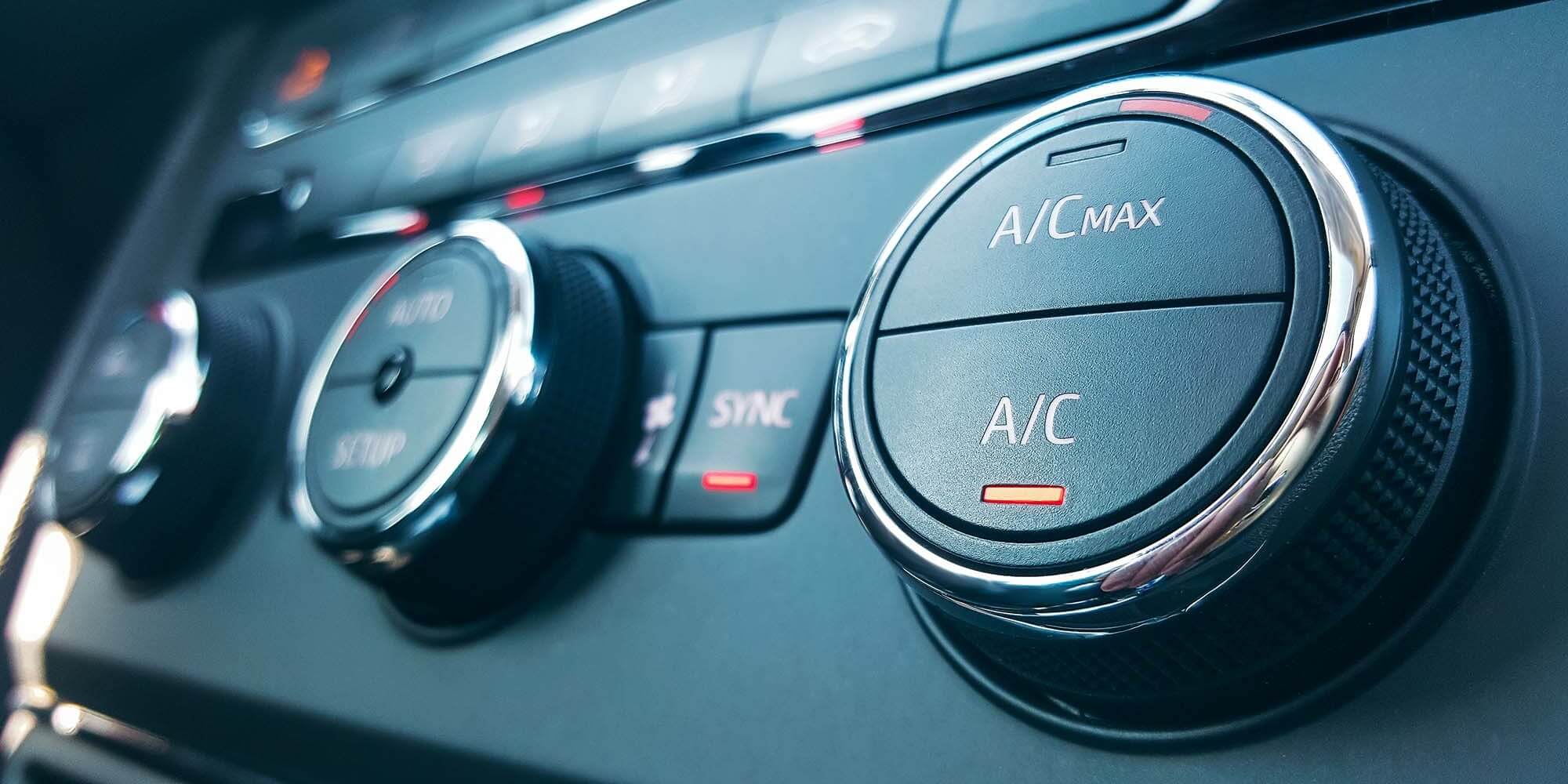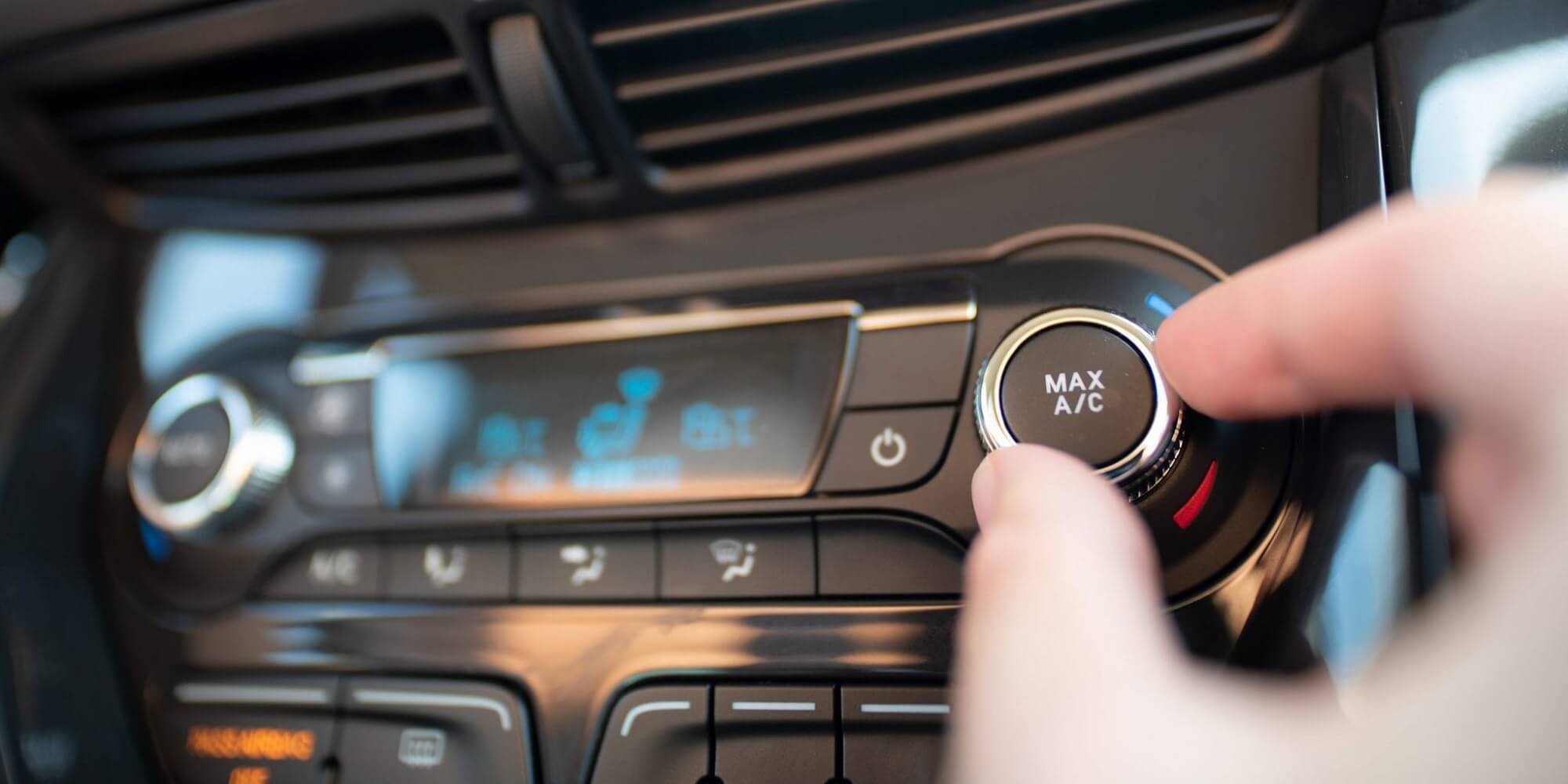Based on a study by the Society of Automotive Engineers (SAE), driving with the windows up and the air conditioning on is typically more fuel-efficient.
The SAE study was conducted at a General Motors wind tunnel and on a desert track. In the wind tunnel, air was forced over the front of the car and from an angle on the front to simulate a cross-wind.
In the desert, temperatures and vehicle speed were factored into the study.
Two vehicles were used in the test; one was a full-size SUV with an 8.1-liter V-8 engine, and the other was a full-size sedan equipped with a 4.6-liter V-8 engine.
Overall, both studies showed that driving with the windows down significantly negatively affects fuel efficiency -- more than using the vehicle's air conditioner.
For the sedan, when the windows were down, the efficiency was reduced by 20%, while the SUV fuel efficiency was reduced by just 8%. These differences are an essential factor in determining how much the windows-down option will affect the fuel efficiency of your vehicle.
The study concluded that the more aerodynamic the vehicle, the more drag open windows will create.
When driving at speeds of more than 90 kilometers per hour with the windows down, there's a decrease in fuel efficiency of 20% or more.
Although using the air conditioner decreases fuel efficiency, cooling the air through the compressor only reduces the fuel efficiency by about 10%.
So, air conditioning is usually a better bet when travelling at speeds around 80 kilometers per hour or faster.


